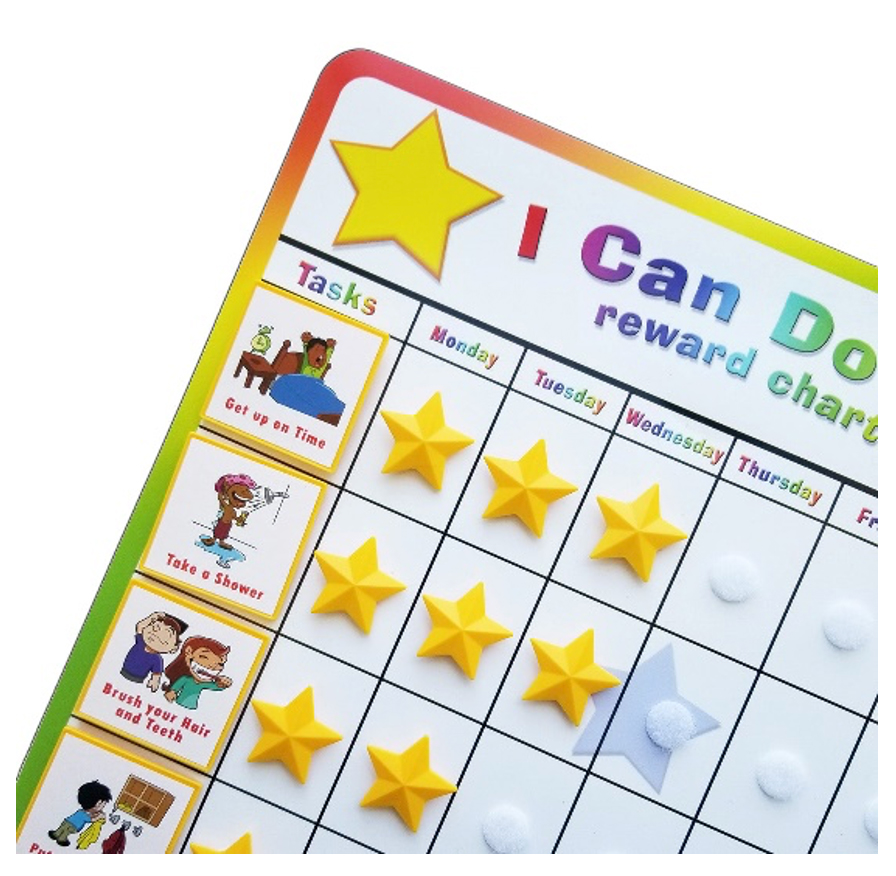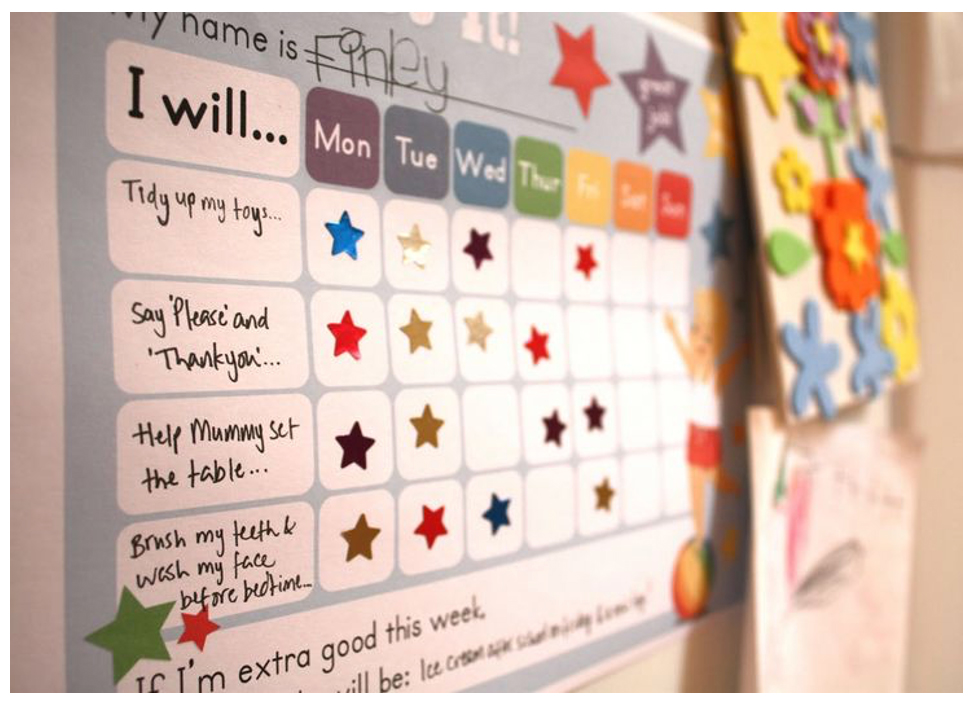

Understanding Reward Systems in ABA: A Parent’s Guide

Jianne Baban
Board Certified Behavior Analyst (BCBA)
CDA License Number: CDA-PL-0001658

When it comes to supporting children with behavior challenges or developmental disabilities, Applied Behavior Analysis (ABA) is a widely used approach that helps teach and reinforce positive behaviors. The key mechanism in ABA is using tokens and reward systems, which can be just as effective at home as it is in a school setting.
So, what exactly is a reward system?
A reward system is where children earn tokens for engaging in “good” behaviors. These tokens can later be exchanged for preferred items or activities. Tokens can be anything from stickers and stars to points on a chart. The system is based on positive reinforcement, which means your child is rewarded for good behavior, encouraging them to repeat that behavior.

How does the reward system work?
Imagine your child struggles with following instructions at home. You might set up a token system where each time they follow through on an instruction (such as picking up toys or brushing their teeth), they earn a token. Once they’ve collected a certain number of tokens, they can trade them in for a larger reward, like extra screen time, a small toy, or a special outing.
This system teaches children that positive behaviors lead to positive outcomes, which motivates them to repeat those actions. Over time, the behavior becomes more natural, and the need for the token system can fade.
Using Token Economies at Home
For parents, a reward system should be simple but effective. Here’s how you can get started:
- Identify Target Behaviors: Choose one or two behaviors you want to encourage, such as doing chores, sharing, or staying calm during transitions.
- Choose Tokens: Decide on a token that works for your child’s age and interests. Younger children may like stickers, while older kids may respond to points or stars on a chart.
- Pick the Rewards: Create a menu of rewards your child can “purchase” with their tokens. These can include small toys, extra playtime, a special snack, or a fun family activity. Ensure rewards are meaningful for your child.
- Be Consistent: Every time your child completes a target behavior, reward them with a token. Be specific with your praise, like saying, “Great job cleaning up your toys! You’ve earned a token.”

Using Token Economies in Schools
Schools often use token economies to manage classroom behavior and promote learning. For example, a teacher may reward students for raising their hands, completing assignments, or being kind to peers. These tokens can be exchanged for privileges such as extra recess, homework pass, or time on a computer.
Here’s an example in school:
- Behavior: The teacher wants to encourage students to stay on task during group work.
- Token: Each time a student stays focused, they earn a token.
- Reward: After earning five tokens, the student can exchange them for a reward, such as choosing a book to read or getting to be a classroom helper for the day.
Tokens Work!
Tokens & reward systems are effective because they provide immediate feedback and reinforcement. Children see their progress in real-time. This immediate recognition motivates them to continue displaying positive behavior.
By using a token economy, both at home and in school, you can help your child develop life skills in a positive, structured, and enjoyable way. Building better routines using a well-implemented reward system can make a big difference. High Hopes is happy to support and coach you along the way. Feel free to reach out us today!


